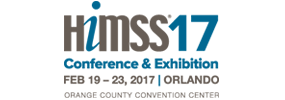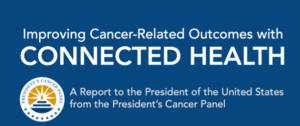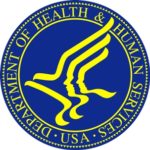All times are PST. Session schedule may change – check back for updates.
-
Tuesday (3/6)
- FHIR for Bulk Data
Dan Gottlieb, Senior Technical Lead, SMART Health IT Project
Learn about an exciting new effort by SMART and HL7 to bring the FHIR standard to bear on the challenges of bulk-data export.
1:00 – 1:30pm | HL7 – Booth 5623 - Sync for Science and the CMS Blue Button on FHIR API: Claims Data for Research
Josh Mandel, Health IT Ecosystem Lead, Verily; David Kreda, Healthcare IT Designer and Consultant; Carly Medosch, Program Analyst, CMS
2:00 – 3:00pm | CMS Booth #10110 - SMART on FHIR: Building apps that integrate with clinical systems through open standards
Dan Gottlieb, Senior Technical Lead, SMART Health IT Project; Josh Mandel, Health IT Ecosystem Lead, Verily
Learn how SMART Health IT’s open source, standards-based technology platform enables innovators to create apps that run seamlessly and securely across the healthcare ecosystem.
3:30 – 4:15pm | HIMSS Developer Innovation Lab (Hall G, Booth 9900-DL)
- FHIR for Bulk Data
-
Wednesday (3/7)
- Sync For Science Scientific Session
Josh Mandel, Health IT Ecosystem Lead, Verily; David Kreda, Healthcare IT Designer and Consultant; Teresa Zayas Caban, Chief Scientist, ONC
In this session, the Sync for Science team will sit down with the research community to talk through use cases, challenges, wish lists, and pragmatics of working with EHR data.
10:00 – 10:45am | The Venetian, Room Zeno 4601 - Argonaut Project Town Hall Meeting
Micky Tripathi, President & CEO, MAeHC; Aneesh Chopra, President, CareJourney; Ryan Howells, Principal, Leavitt Partners; Josh Mandel, Health IT Ecosystem Lead, Verily; Dan Gottlieb, Senior Technical Lead, SMART Health IT Project
The town hall will cover 1) Argonaut Project 2017 deliverables and 2018 work plan, 2) CARIN Alliance consumer directed exchange trust framework updates and TEFCA alignment, 3) SMART and ONC efforts to accelerate bulk data access via FHIR APIs.
5:30pm – 6:30pm | Hall G, Booth 11955ET | RSVP Here
- Sync For Science Scientific Session
-
Thursday (3/8)
- Sync For Science Demonstration
Josh Mandel, Health IT Ecosystem Lead, Verily; David Kreda, Healthcare IT Designer and Consultant; Teresa Zayas Caban, Chief Scientist, ONC
In this session we’ll review the consumer workflow, the underlying technologies and the regulatory environment that support Sync for Science, and describe upcoming extensions to support new data types.
10:00 – 10:45am | The Venetian, Room Zeno 4601 - CDS Hooks: Integrating decision support at the point of care
Josh Mandel, Health IT Ecosystem Lead, Verily; David McCallie, Senior Vice President for Medical Informatics, Cerner
We’ll review the technology, clinical use cases, standards development, and real-world implementation experience for the emerging CDS Hooks specification.
11:40am – 12:10pm | HL7 – Booth 5623 - FHIR for Bulk Data
Dan Gottlieb, Senior Technical Lead, SMART Health IT Project
Learn about an exciting new effort by SMART and HL7 to bring the FHIR standard to bear on the challenges of bulk-data export.
1:00 – 1:30pm | Hall G, Booth 9900-DL
- Sync For Science Demonstration





You must be logged in to post a comment.